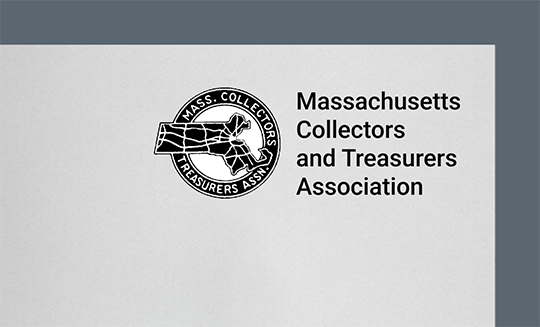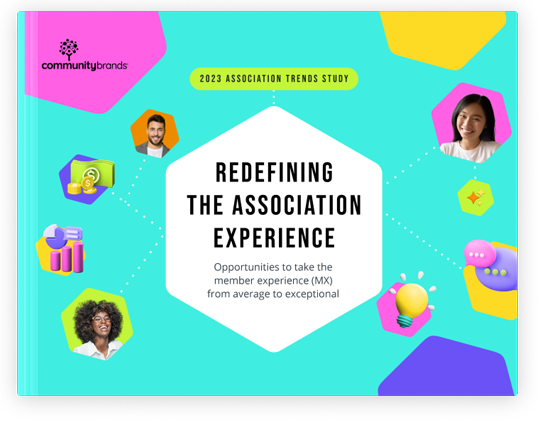Almost three years ago to the date, a famous basketball player by the name of Kobe Bryant hit a milestone statistic in his career.
If you follow even the slightest bit of sports, the name Kobe Bryant should sound familiar. He was a star and one who was so good, he entered the NBA at the age of 19. Instantly, he became a prolific player for the Los Angeles Lakers, helping them win many championships and consistently reign as an elite team for the greater part of his career.
So, when I first heard the sports report the night of November 12, 2014, announcing a milestone Kobe achieved, I immediately assumed upon the start of the announcement Kobe was adding to his list of accolades. I was wrong.
Yes, Kobe Bryant did rise to the top on that night, but not how you might think.
Kobe had hit, and still is to this date, the man who’s missed the most shots in the National Basketball Association.
Yes, the most missed shots ever by any player in the NBA. To be specific, 13,421 missed shots through 19 years, which is about 706 missed shots a season or 8.6 missed shots per game. (There are 82 games in each season). Here’s the sports article (Kobe Bryant sets mark for misses) from that historic night.
Kobe is not a loser in his sport; at least that’s not what comes to mind when we think of him. But then neither is Michael Jordan (who’s #6 on the missed list), nor Wilt Chamberlain (#14 with the most missed shots), and not even someone more contemporary, Lebron James (who’s already #18 on the list).
In fact, if you look at the top 30 people with the most missed shots, many of the men overlap onto two other lists: They’ve also made the most shots (scored), and many of them are also in the NBA Hall of Fame, reserved only for the best players in the professional game’s history. (Here’s the table of stats.)
Yes, I know it’s a simple correlation. It may even be cliché that we must shoot more to increase our chances of making it.
However, the Kobe story clearly illustrated for us that to be prolific one must be accustomed to the failures that comes with success. That success, at some level of consistency, also connects to a consistency of losing. And this is the data we don’t show when we’re trying to build a culture of innovation in our organizations. Innovation is not as much a grey science as we think. In our blog posts, we’ve tried to illustrate this with various case studies of organizations going through this process.
And this gets to our point: We’re in the education business, but we run gun shy to take the shot, which is critical in business. Otherwise, we’re not really running a business for growth. Why do we put so much psychological weight on the “miss” in our work? Given that if you look at the statistical success of Kobe Bryant, or arguably the best player ever—Michael Jordan, they missed more shots than they made (44% and 49% accuracy during their respective careers). Yet, we celebrate their wins and accomplishments. This holds true for other sports and industries.
So, here’s the challenge. Have we set up the appropriate expectations when we talk about innovation?
We herald new projects with fanfare and great investments of time, energy and resources. But, did we also make a concerted effort to set the stage we will inherently have—as part of a process (and we emphasize process)—by some learning from mistakes. And do we continue to refine? And this is part of the process, because there’s no magic wand.
To help us measure, if we do an inventory of the past five to seven years of education programs, how many projects did we attempt, how many did we tweak, how many were successful, and how many did we not attempt due to fear of failure? This exercise should give us a sense of the temperature and culture of innovation.
Have we set up the appropriate expectations when we talk about innovation?
Kobe had an interesting take that night when alerted he made the seemingly infamous mark, even though he wasn’t aware he accomplished such a stat:
“Nah, I don’t follow that stuff, man. You’ve got to go out and figure that out and play and do the best you can, and whatever happens, happens. You can’t be held captive by the fear of failure or the fear of what people may say.”
Okay, we can’t be as cavalier in our approach to education programs. Yet, we should control fear in just the same way. We can be emboldened by the data and proof from examples like Kobe’s story, that there’s a process (his was constant practicing and refinement of his game). We must do the same.
Our game is an education business. Our refinement can be: design, prototype, pilot, test, evaluate, take learnings, move on and advance. Now, let’s get ready to shoot.
Have a great and productive day.






